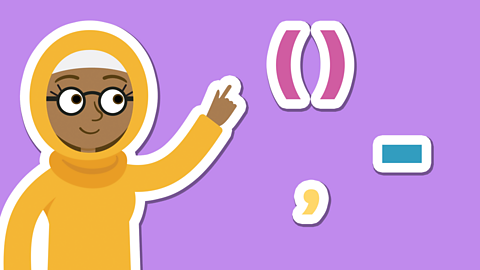Watch: Hyphens and dashes
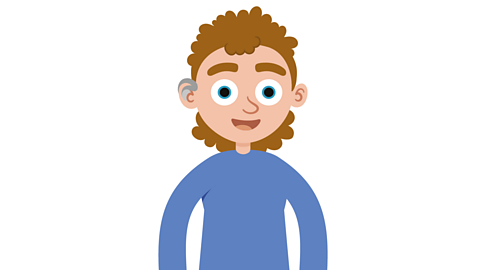
What's the difference between a hyphen and a dash?
Hyphens are shorter than dashes, and link two words so the word or phrase makes sense.
Dashes separate information and are a type of parenthesis, like brackets.

Understand hyphens and dashes.
Narrator: Brain, time to chat about hyphens and dashes.
Brain: Brain!
Narrator: Oh no Brain! They're not the same thing at all.
In fact they're really quite different.
A hyphen is used to join two words together that describe a noun.
They help us avoid confusion when writing sentences.
For example, âA crocodile eating brainâ.
Could mean bad times for Brain.
However with a hyphenâŠwe can make the meaning clearer.
Dashes on the other hand are used to separate out bits of information in a sentence.
This is a type of parenthesis.
Such as âThe crocodile â who was fast â got awayâ.
âBrain's friend â who was a splendid chap â shared his sandwich!â
Brain: Brain!
Narrator: You're welcome Brain!
What are hyphens?
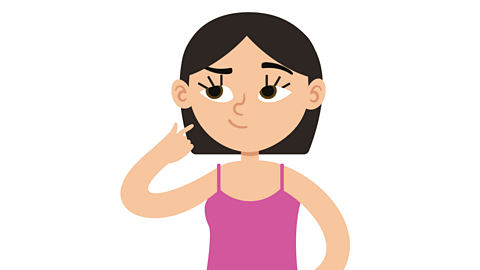
Hyphens are very useful. They can be used to link two words together, so the word or phrase makes sense and doesnât confuse the reader.
Look at how using a hyphen can completely change a sentence's meaning:
- The superstar player decided to resign his contract.
This means the player is leaving the club.
- The superstar player decided to re-sign his contract.
This means the player is staying at the club for longer.
Hyphens have other specific uses, for example in different types of words or particular phrases:
- For numbers between 21 and 99, when written as words: for example, âthirty-sixâ or âseventy-twoâ
- To create compound adjectives: for example, 'part-time' or 'cold-blooded'
- For informal phrases, such as âsing-songâ or âfree-for-allâ
- To avoid awkward letter combinations, such as in âde-escalatedâ

What are dashes?
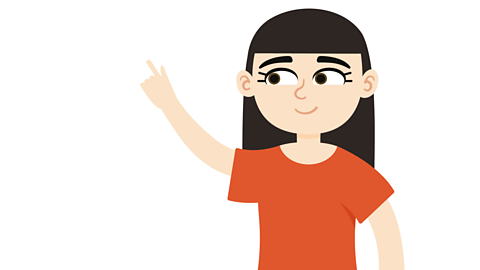
- Dashes can be used to add extra information within a longer sentence, so are a way of showing parenthesis, similar to the way brackets and commas can.
Dashes shouldnât be confused with hyphens as their job is very different!
For example: The superstar player â who is loved by many fans â decided to stay at the club.
- We can also use a single dash to show parenthesis at the end of a sentence, or as an after-thought.
For example: Please call my mum â sheâs at home!

Activity 1
Activity 2
Activity 3
Activity 4
Find a picture of an animal that makes you smile or is funny.
Can you write three sentences about the picture that all include a hyphenated word?
For example:
Feeling hungry, the lightning-quick fox stared at the rabbit.
Terrified, the rabbit took a death-defying leap to safety!
Top tip!
Remember: hyphens link two words, so the word or phrase makes sense and doesnât confuse the reader.
Activity 5
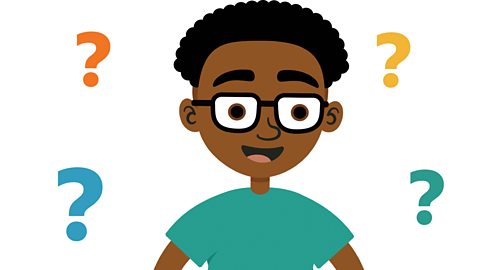
Using a single dash to show an after-thought can be used effectively for many different purposes.
For example, to:
Instruct: Pick up the pepper â the red one.
Persuade: Itâs incredibly important to make changes â now!
Narrate: She wondered if he would show up â ever.
Explain: This will cause the wheels to turn â in any direction.
Write four of your own sentences using a single dash to show an after-thought.
Try to write one for each of the four purposes listed above.

Play our fun English game Crystal Explorers. gamePlay our fun English game Crystal Explorers
Use grammar, punctuation and spelling skills to explore jungles, caves and tombs on your mission!

More on Punctuation
Find out more by working through a topic
- count9 of 12

- count10 of 12
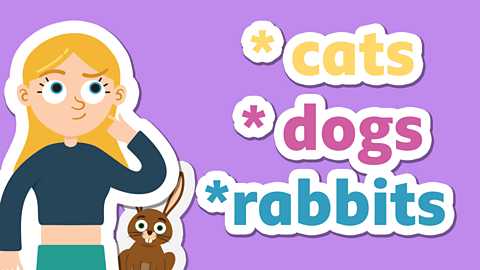
- count11 of 12
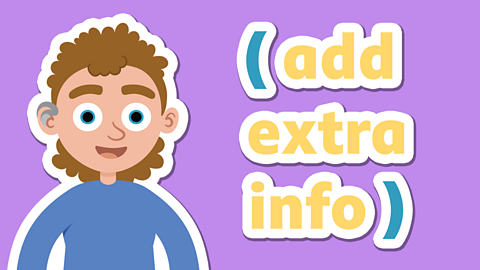
- count12 of 12
